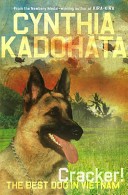
A young soldier in Vietnam bonds with his bomb-sniffing dog.
Material appropriate for intermediate age groups

A young soldier in Vietnam bonds with his bomb-sniffing dog.
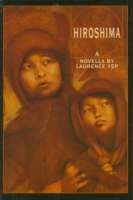
Describes the dropping of the atomic bomb on Hiroshima, Japan, particularly as it affects Sachi, who becomes one of the Hiroshima Maidens.
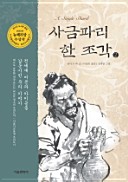
Tree-ear, a thirteen-year-old orphan in medieval Korea, lives under a bridge in a potters’ village, and longs to learn how to throw the delicate celadon ceramics himself. (This book is entirely in Korean).
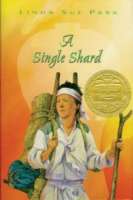
Tree-ear, a thirteen-year-old orphan in medieval Korea, lives under a bridge in a potters’ village, and longs to learn how to throw the delicate celadon ceramics himself.
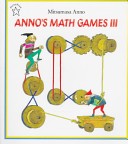
Picture puzzles, games, and simple activities introduce the mathematical concepts of abstract thinking, circuitry, geometry, and topology.
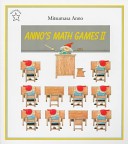
Pictures, puzzles, games, and simple activities introduce the mathematical concepts of multiplication, sequence and ordinal numbering, measurement, and direction.
One winter night, the shadows are interrupted at their games as the Shadowland watchman sees a poor little match girl standing barefoot in the snow in a town in the real world. Deserting his post, he dashes to her rescue, lighting match after match to keep the girl warm. But matches bring shadows, and soon the two worlds–of people and of shadows–are in an uproar, and the watchman and the little match girl must run for their lives.
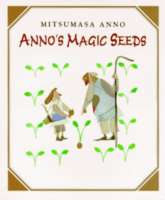
A wizard gives Jack two magic seeds with the instructions to eat one, which will feed him for one full year, and plant the other, which will produce two more seeds and allow the cycle to continue, but Jack has his own idea.
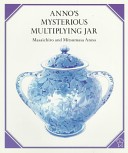
Simple text and pictures combine to present a fascinating and fun lesson demonstrating the mathematical concept of factorials.
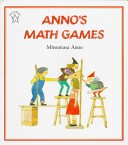
Through lively pictures and intriguing puzzles and games, Anno takes young children on a fun-filled journey through basic mathematical concepts, showing how skills are used every day.